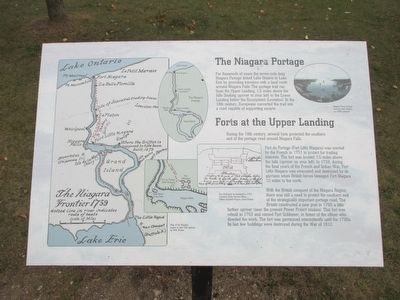Welcome to Piermont-on-the-Hill Station, a place where the echoes of history blend seamlessly with the present. This station, perched atop a scenic hill, may not immediately reveal its historical significance, but it holds a unique position in the tapestry of America’s past. Let’s journey back to the 19th century, a time when this location was a vital cog in the machinery of the burgeoning railroad industry.
Established in the mid-1800s, Piermont-on-the-Hill Station was a crucial stop on the New York and Erie Railroad, one of the longest railroads in the United States at the time. The station served as a gateway for goods and passengers traveling between New York City and the western frontier, playing a pivotal role in the expansion of commerce and the movement of people across the nation.
Imagine the hustle and bustle of the station during its heyday, with the rhythmic chugging of steam locomotives and the lively chatter of travelers. Among the many passengers who passed through Piermont-on-the-Hill were immigrants seeking new opportunities, merchants transporting their wares, and soldiers heading to distant posts.
One notable figure associated with this station was James P. Kirkwood, a prominent civil engineer of the era, who contributed to the design and construction of the railroad. His work helped ensure that the intricate network of tracks running through Piermont-on-the-Hill connected seamlessly with other major routes, cementing the station’s importance in the transportation network.
As the years passed, the station witnessed the evolution of transportation technology. The arrival of diesel engines in the 20th century marked a new chapter in its history, as the station adapted to the changing needs of its passengers and freight. However, with the rise of the automobile and the decline of rail travel, Piermont-on-the-Hill Station gradually faded from the bustling hub it once was.
Today, the station stands as a testament to the transformative power of the railroad in American history. Its legacy is preserved not only in the physical structure that remains but also in the stories of countless individuals who embarked on journeys of hope and adventure from its platforms.
As you explore Piermont-on-the-Hill Station, take a moment to reflect on its role in shaping the region’s development and the broader historical context of American expansion. This station, though quieter now, still whispers the stories of a nation on the move, reminding us of the ingenuity and ambition that propelled the United States forward.
While Piermont-on-the-Hill Station may not be bustling with passengers today, its significance endures. It serves as a cultural landmark, offering a glimpse into the past and a reminder of the vital role transportation played in connecting people and places across vast distances. Whether you’re a history enthusiast or simply curious about the stories embedded in the landscape, Piermont-on-the-Hill Station invites you to pause and ponder the journeys of those who came before.


